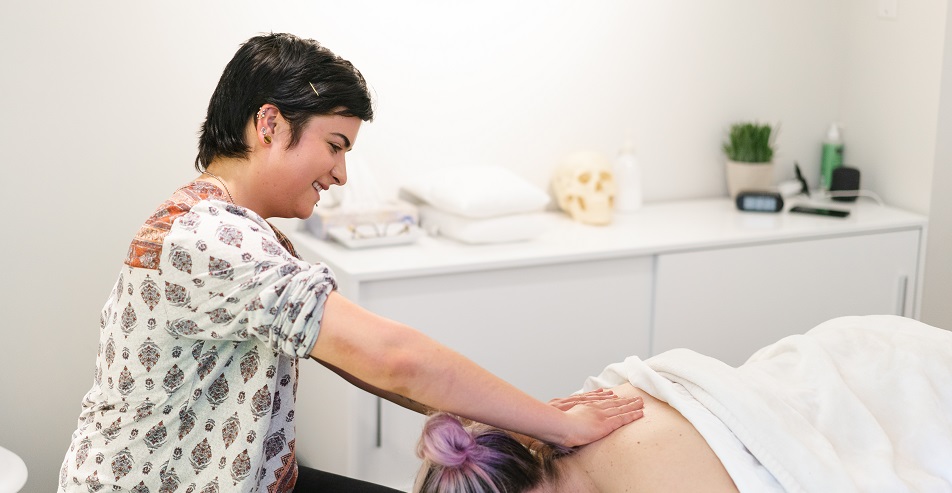The Mind Body Connection

Sometimes during certain soft-tissue release techniques in treatment, I will instruct my client on their breathing, asking them to “breathe up into my contact”, or to expand their lungs slowly on the inhale and visualize the area we are working on softening, relaxing and “letting go” as they exhale. The result is a faster tissue release and a decreased perception of intensity or discomfort. Often, the goal of massage therapy is to decrease the sensation of tension or pain, and it can be very helpful when a client starts focusing their mind on their body and breath. Not only does this result in a more effective soft tissue release, but it also encourages a sense of calm throughout, and even following, the treatment.
But why?
The simple answer is that intentional, diaphragmatic breathing decreases sympathetic nervous system firing (think fight or flight), and switches the body into parasympathetic nervous firing, which is the mode your body is in when it’s resting, digesting, relaxed and healing itself. So when your therapist tells you to breathe, or breathe differently, during treatment, its to get your body out of an adrenaline-pumping-muscle-tensing-fight-or-flight state and into a relaxed and ready-to-heal state; it also decreases pain perception and assists in comfortable tissue release.
It’s important to note that you may not be in a fight or flight mode when you walk into the treatment room, but that it can start to fire if a certain treatment technique is too uncomfortable, or you start to hold your breath- which is a natural thing to do when something hurts. Sometimes tolerable pain- that you can breathe through- feels good or is helpful during treatment, but if you start to feel yourself tensing against a soft-tissue release, let your therapist know. As you focus on your breath, visualize the area being treated relaxing and “letting go”- it’s amazing how effective this can be!
It’s not just mind over matter; it’s a chemical change that occurs when you slow you’re breathing down, expand your lungs from bottom to top, and exhale fully. Pretty cool, right?
And while diaphragmatic breathing and visualization are great in the treatment room, I would encourage you to practice this while you foam roll or stretch at home or after exercise. Slow down the movement, breathe deeply, and notice what you are feeling in your body, picturing areas of adhesion soften or lengthen. Our minds and bodies are so intimately connected- changing one thing in either your mental or physical state will have an impact on your whole person; you are an ecosystem, after all, not a machine.
Ronan West, RMT, CNP

About twice a month our therapists will be posting answers to commonly asked questions. So, if you have a burning question that you want answered let us know in the comments below.
We can cover anything ranging from active rehabilitation, to injury prevention.
This week our featured therapist is Ronan West. To learn more about Ronan check out our PhysioWorks team.


Leave a Reply